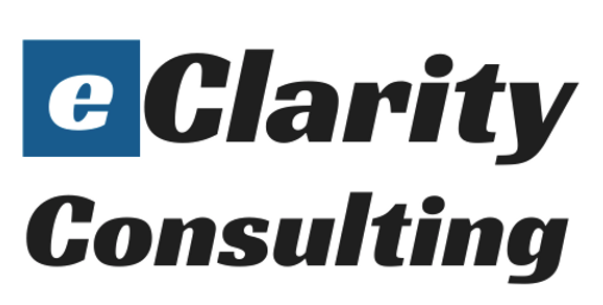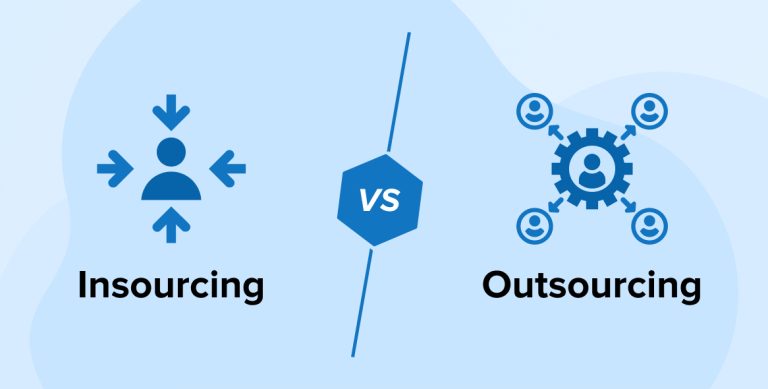A Strategic Analysis for Australian Superannuation Funds
For trustees of superannuation funds and wealth management executives, the decision to insource or outsource crucial services transcends a simple financial calculation. It’s a strategic imperative, deeply intertwined with operational efficiency, member satisfaction, and long-term sustainability. As the financial landscape continues its rapid evolution and member expectations become more sophisticated, a nuanced understanding of these choices is paramount. This article delves into the cost dynamics of insourcing versus outsourcing for Australian superannuation funds, shedding light on often-overlooked hidden costs, long-term implications, and practical tools to guide informed decision-making.
The Hidden Costs of Outsourcing for Super Funds
Outsourcing is frequently presented as a straightforward cost-saving measure. While it can indeed reduce operational overhead, a closer examination reveals a more intricate reality, often punctuated by hidden costs.
- Vendor Management Costs: Overseeing external service providers demands significant internal resources. Super funds must dedicate time and expertise to managing contracts, monitoring adherence to Service Level Agreements (SLAs), and ensuring alignment with the fund’s strategic objectives. A real-world example illustrates the complexity: a mid-sized Australian fund spent over six months embroiled in renegotiating a poorly performing vendor contract, a process that not only diverted critical internal resources but also delayed other pressing initiatives.
- Transition Expenses: Migrating data and services to an outsourced provider can be surprisingly costly. From upfront onboarding fees to training staff on new systems and processes, these transition expenses can quickly accumulate and impact the anticipated cost savings.
- Quality Control Risks: By its very nature, outsourcing entails relinquishing a degree of control. If a vendor’s service quality falls short, member satisfaction – and consequently, member trust – can be severely compromised. Furthermore, trustees have a non-negotiable responsibility to ensure vendor compliance with APRA’s CPS 231 and CPS 232 risk management guidelines, a task that requires dedicated internal resources and ongoing vigilance.
- Real-World Example: Consider the case of an Australian fund that experienced significant backlash after delays within an outsourced call center led to widespread member complaints during a peak inquiry period. This reputational damage starkly illustrates the risks inherent in inadequate vendor oversight.
Is Insourcing Worth the Upfront Expense?
Insourcing, while requiring substantial initial investment, offers the potential for greater control and long-term benefits.
- Initial Investments: Establishing in-house capabilities often necessitates investment in cutting-edge technology, recruitment of skilled personnel, and comprehensive training for existing staff. For smaller funds, these upfront costs can appear prohibitive. However, larger funds often find these investments justified by the long-term operational efficiencies gained.
- Operational Control: Keeping services in-house enables super funds to tailor operations precisely to meet specific member needs and respond swiftly to evolving market conditions. For instance, an Australian super fund that insourced its investment management division reported demonstrably improved decision-making and enhanced responsiveness to market fluctuations.
Cost Comparison: Insourced vs. Outsourced Management
A comparative cost analysis is crucial:
- Insourcing Costs:
- Fixed Expenses: These include salaries, infrastructure, and ongoing technology upgrades.
- Compliance Costs: Meeting increasingly complex regulatory standards requires specialized in-house expertise.
- Outsourcing Costs:
- Service Fees: These are recurring payments to vendors, often with variable pricing models based on usage.
- Performance Penalties: Costs are incurred if vendors fail to meet contractual obligations or agreed-upon SLAs.
To effectively navigate this comparison, employing a Total Cost of Ownership (TCO) analysis is essential. This framework considers not only direct costs but also the intangible benefits of operational control or, conversely, the value of vendor expertise.
Long-Term Savings of Insourcing
For funds with the necessary scale, insourcing can yield substantial long-term savings.
- Economies of Scale: Larger funds often achieve lower per-member costs by spreading fixed expenses across a larger member base.
- Data Ownership and Insights: Maintaining control of member data enables funds to offer personalized services and improve member retention through targeted strategies and analysis.
- Efficiency Gains: Investments in automation and advanced analytics can drive significant cost reductions over the long term, improving overall efficiency.
Why Some Funds Save More with Outsourcing
It’s essential to acknowledge that not all funds are best served by insourcing. For smaller or niche funds, outsourcing can be a more pragmatic and cost-effective choice.
- Specialized Expertise: Outsourcing allows funds to leverage vendor expertise without the necessity of building that expertise internally.
- Flexibility: Outsourced models can scale up or down rapidly, providing much-needed adaptability to changes in fund size or fluctuating market conditions.
- Real-World Example: A small Australian fund partnered with a fintech provider to automate member communications, achieving significant reductions in administrative costs while improving member engagement.
Tools for Analyzing Costs in Super Fund Decisions
Data-driven decisions are essential when choosing between insourcing and outsourcing. Several tools can assist in this process:
- Cost Modeling Software: Tools like Total Cost of Ownership (TCO) calculators provide a comprehensive view of all cost elements.
- Member Impact Analysis: Platforms that simulate how decisions impact member fees allow for transparent and informed choices.
- Vendor Benchmarking: Services that compare outsourcing partners based on performance metrics and pricing provide valuable insights.
Member Fees: How Costs Impact the Bottom Line
Fee transparency is paramount:
- Fee Transparency: APRA has been vocal about the need for greater transparency in member fees. Super funds must carefully assess how insourcing or outsourcing affects their fee structures.
- Fee Compression Trends: The Australian superannuation market is facing intensifying pressure to reduce member fees. Both insourced and outsourced models must demonstrate compelling value to remain competitive.
Can Outsourcing Reduce Operational Costs?
Outsourcing often appeals as a method to reduce operational costs, particularly for administrative and back-office functions. Vendors frequently offer access to specialized technologies and streamlined processes that many funds cannot replicate internally. However, the success of outsourcing is contingent upon well-structured contracts and clearly defined performance metrics. Without these, anticipated cost savings can quickly dissipate.
Cost Structures of Insourced Operations
Understanding the structure of insourced costs is crucial:
- Fixed vs. Variable Costs: While insourced models typically involve higher fixed costs, they often reduce variable expenses over time.
- Challenges of Scalability: Rapid growth or economic downturns can place considerable strain on insourced operations. Funds must be prepared to manage these fluctuations.
Breaking Down the Financial Benefits of Both Strategies
- Short-Term vs. Long-Term: Outsourcing may offer immediate savings but can limit flexibility, whereas insourcing requires upfront investment but can yield greater long-term value.
- Hybrid Models: Some funds successfully employ a hybrid approach, outsourcing administrative tasks while maintaining investment management in-house.
- Case Study: A major Australian fund transitioned from outsourcing to insourcing for investment management, resulting in a 15% reduction in operating costs within three years, demonstrating the potential benefits of a well-considered insourcing strategy.
Conclusion: Choosing the Right Path for Your Fund
The decision to insource or outsource is not a one-size-fits-all solution. Trustees and wealth executives must consider a range of factors, including the fund’s size, member demographics, strategic goals, and long-term aspirations. By leveraging the right tools, frameworks, and analytical approaches, funds can make informed decisions that optimize cost efficiency while simultaneously maximizing member value. Whether a fund chooses to insource, outsource, or adopt a hybrid model, the key lies in ensuring alignment with its overarching strategic objectives.
Endnotes
- Australian Prudential Regulation Authority (APRA): CPS 231 and CPS 232 guidelines on outsourcing and operational risk.
- KPMG. Super Insights Report 2023.
- EY. Global Wealth and Asset Management Report.
- Real-world case studies from the Australian Financial Review (2023).
- Tools and frameworks for cost modeling from ASIC’s MoneySmart and industry benchmarking platforms.














